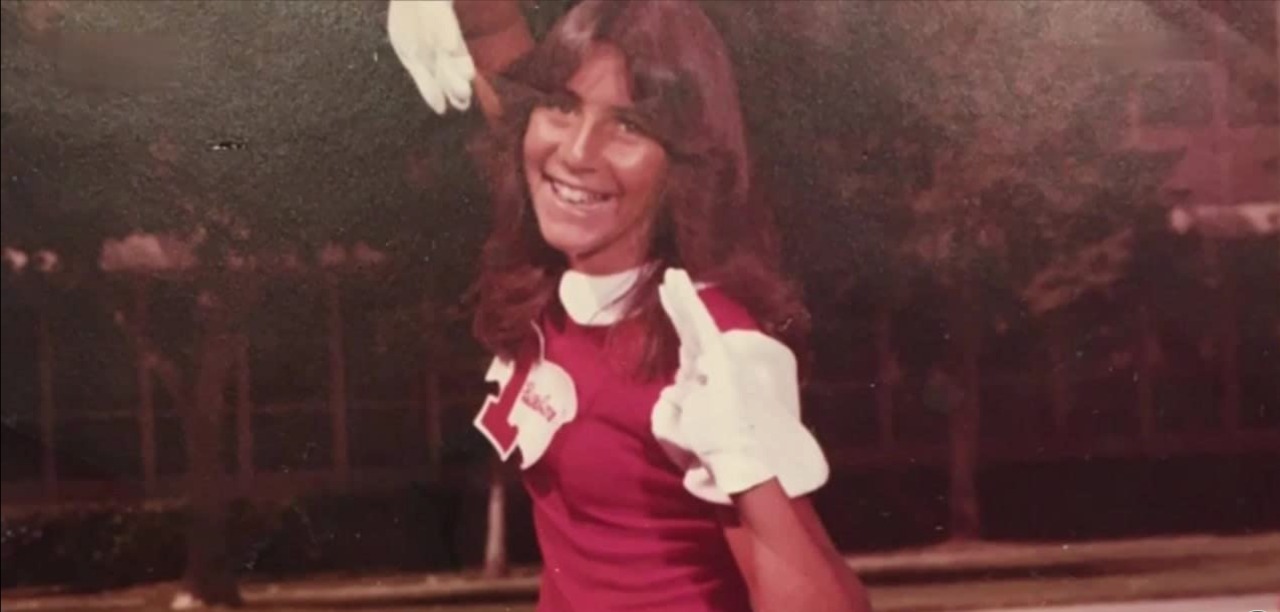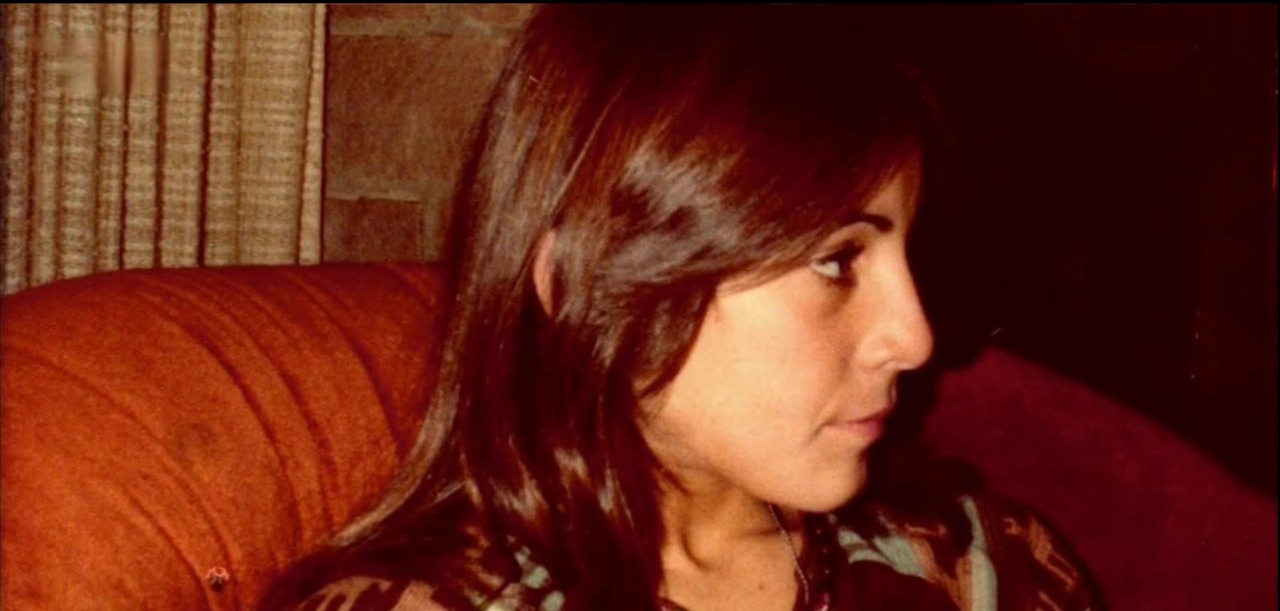In the Summer of 1978, the residents of San Diego, California, were stunned upon learning of the brutal murder of a 15-year-old teenager. Investigation Discovery’s ‘People Magazine Investigates: Blood in the Sand’ chronicles the case of Barbara Nantais, whose remains were found at Torrey Pines State Beach; she was beaten, strangled, and sexually assaulted.
Over the ensuing four decades, the investigators have come up with various leads and suspects regarding the homicide, with authorities offering a reward for relevant information. If you’re interested to know more about this cold case, including the latest updates, we’ve your back. Let’s begin then, shall we?
How Did Barbara Nantais Die?
Barbara Jane Nantais was born in September 1962 to Ralph and Judy Nantais in Los Angeles County, California. A sophomore at Lakewood High, she was a free-spirited cheerleader with high cheekbones and lustrous long hair. One of her sisters, Lorraine Thall, shared that Barbara always greeted everyone with her infectious smile. At the time, the 15-year-old was dating James Alt, a surfer with tanned skin and long blond hair. The 17-year-old had once been featured in a wet suit advertisement. They were labeled as the ideal South Californian couple who seemed quite serious about their relationship.

On August 12, 1978, the young couple decided to party with friends at Torrey Pines State Beach since Barbara’s parents were out of town. After the party, Barbara and James chose to sleep in sleeping bags on the sand, while another couple they were with was determined to sleep in their car. Talking about the fateful day, James said, “We stood there and looked at all the fires on the beach. We thought we were going to have fun. This is cool. We’re going to camp out until we have to leave.” Little did the teens know it was the beginning of a four-decade-and-counting-long nightmare that would disrupt their lives.
James, now in his early 60s, lamented, “I was a surfer. She was a girl that worshiped the sun. This is where you’re supposed to be able to have fun. This is where innocence plays. And innocence was not here that night.” According to James, he and Barbara fell asleep in each other’s arms in the sleeping bags on the warm sand. That was the last memory he had of the night. He woke up the next day, covered in blood and severely wounded on the head, with Barbara not by his side anymore.
Police officers located her naked body in the sand in an area north of lifeguard tower 7, where it had been placed in a spread-eagle position, with her arms and legs outstretched. She was beaten, sexually assaulted, and strangled to death. Her mouth was stuffed with sand, while her right nipple was almost severed with a sharp object. Passers-by had found Barbara’s body when early risers were out for their morning walk on the beach and called the police.
Who Killed Barbara Nantais?
After coming to terms with the initial shock at the brutality of the crime scene, the investigators started to look for evidence and collect witness testimony. From the evidence, they hypothesized Barbara and James were ambushed by one or multiple unknown assailants, who knocked the young boy unconscious before abducting Barbara to rape and kill her. James, who spent a few days in a coma after the attack, stated he has no memory of the attack, saying, “What they used to bash my head in was a rock and a log out of the fire pit.” A metal plate in his head still serves as a cruel reminiscence of that fateful night.

The investigators collected all the evidence present at the scene — the sleeping bags the teen victims slept in, the rocks used by the perpetrator(s), fingernail scrapings of Barbara, the necklace she was wearing, vaginal swabs, and a cigarette butt found near the body. With not many leads or suspects, forensic science was the best bet for the investigators to move forward, even though it was not evolved much back in the 70s. Over the ensuing years, multiple DNA tests were run on the evidence, though all the findings proved inconclusive.
The San Diego Police Department crime lab reported that most DNA mixtures found on several pieces of evidence were at such low levels that they were virtually unidentifiable and hence inconclusive. In 2012, the detectives found James’ DNA on the rocks and unidentifiable low-level DNA mixtures, while the sleeping bags yielded the DNA of Barbara, James, and the other couple. The most critical result came from the cigarette butt that had the DNA of an unknown male, and the police report read, “His DNA profile will periodically be searched against the CODIS database.
In 2014, the FBI joined the case. The Violent Criminal Apprehension Program (ViCAP) submitted a report stating Barbara’s murder was similar to a string of homicides in Southern California at the time. While almost all of them remain unsolved, in 2012, the investigators identified a convicted rapist named Ronald Tatro and a retired criminalist for the San Diego Police Department, Kevin Brown, as the possible suspects in a similar 1984 rape and murder case of 14-year-old Claire Penelope Hough.
According to police reports, both individuals — Kevin and Ronald had matching DNA samples on the evidence from the crime scene. While Ronald passed away in a possible boating accident on August 24, 2011, Kevin took his life by hanging himself from a tree on October 21, 2014, reportedly fearing probable arrest and a maligned reputation. The 62-year-old’s widow, Rebecca, sued the department following the suicide and was rewarded more than $6 million in punitive damages in 2020.
On September 13, 2017, San Diego County Crime Stoppers, along with local enforcement officials, announced a reward of $1,000 for information on the case. Unfortunately, Barbara Nantais’ brutal homicide remains unsolved to date. However, the San Diego police still treat it as an open case and hope to crack it with cutting-edge forensic technology shortly. The investigators hope to solve the homicide soon with a new software called TrueAllele that can separate formerly identifiable DNA mixtures or a new technique for testing hair.
Read More: Claire Hough Murder: How Did She Die? Who Killed Her?

